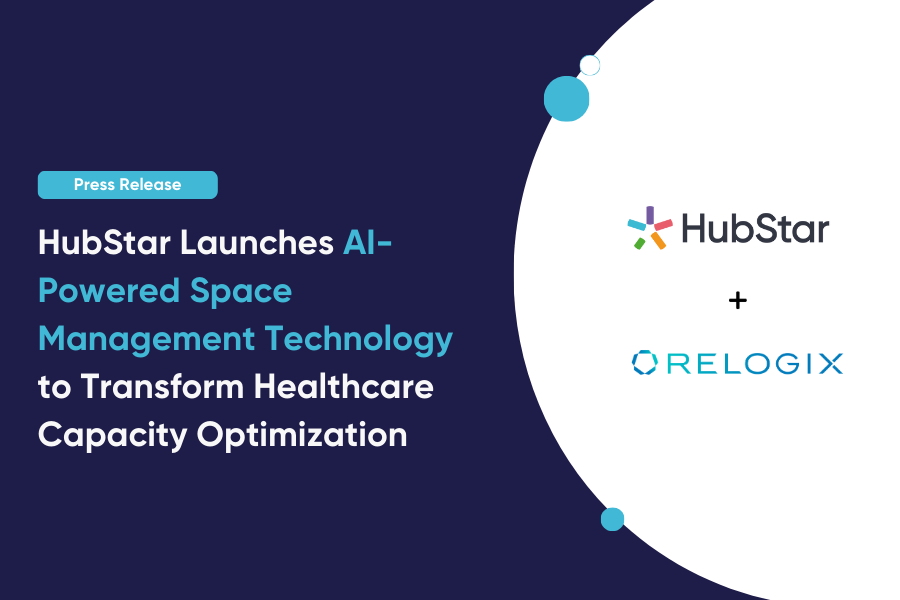Shift To Agile Workplaces

Contents
The corporate real estate sector is changing and for companies to succeed moving forward, the ability to be agile has become a top priority. Like so much else in the world of work in the past two years, COVID-19 is at the root of this change. Because of the pandemic, and the subsequent shift in mindset in many industries away from the in-person Monday through Friday, 40 hour work week to a hybrid modality, workers are craving flexibility now more than ever before. As a result, companies with the ability to quickly adapt have an edge in recruiting and retaining talent. Read on as we highlight the importance of strategic agility in the workplace, and take a look at the corporate real estate trends that you should consider moving forward.
Time for Change

BDO USA, a global accounting network, recently published a helpful article on this subject entitled, “Agility At Work: Workplace Strategy For the Digital Age.” BDO USA’s article reads in part, “Commercial real estate was already facing disruption prior to the COVID-19 pandemic, and the pressure to evolve and modernize has increased even more. Improved digital tools, new ways of working and innovative business models have pushed the criteria for real estate decisions far beyond just the lowest cost per square foot. The corporate real estate (CRE) function has gained strategic importance in recent years, and now it can play a pivotal role in increasing agility for the entire organization.”
According to BDO USA, one other key point we believe is important to consider, “CRE executives have an opportunity to examine their business strategically and then implement bold changes that may have previously seemed too radical. Developing an agile workplace strategy can help the CRE function unlock value in multiple areas by increasing employee engagement, improving recruitment and retention and supporting operational efficiencies to bolster firmwide success.”
What is an Agile Workplace:
Before we take a closer look at agile workplaces, let’s first define the term so that there is a general understanding of its meaning. Writing for WeWork, Steve Hogary, a London-based writer and editor for City AM newspaper and City AM Magazine, provides the following definition of agile workplace, “An agile workplace is a type of work environment designed around complete flexibility. Unlike a traditional office—where employees are permanently assigned to desks—an agile workplace encourages workers to move freely around the office, making use of whichever space suits their objectives at that time. There’s a physical aspect to the agile workplace. Agile office design is about providing workers with a variety of useful spaces where they can feel at their most productive. But agile is also a way of getting work done. As a concept, agile working is about choosing where and when you do your best work. An agile workplace supports this idea, boosting collaboration, unlocking creativity by removing physical barriers between teams, and ultimately improving employee happiness.”
Different Types of Agile Work Environments
Because a successful agile work environment thrives on flexibility and adapting to the needs of workers at any given time depending on individual circumstances, there are a few different ways that agile workplaces can function.
Zenbooth, an office phone booth and pod company, breaks down agile work environments into the following categories as part of a post entitled, “9 Agile Work Environment Benefits Your Whole Team Should Know:”
- Flexible working: This provides team members opportunities to work anywhere they want within the office. It can be at a community table, a comfortable chair, or an office booth – as long as the work gets done. It can also involve allowing flexible work hours outside the traditional nine-to-five arrangement.
- Hot-desking or desk sharing: In this setup, no one team member is given a permanent or fixed workstation. Rather, workspaces are allocated by team and meant to be shared or used on first-come, first-served basis.
- Mobile working: Employees who need to work remotely most of the time and work in an office location at other times can avail themselves of this arrangement. So, it can be a combination of flexible and remote working (below).
- Remote working, teleworking, or telecommuting: People who work away from a traditional office, who work from home part of the time, or who need to work from a client site belong in this category. Remote workers, field workers, and digital nomads are similarly classified.
- Home working: People who work from home full-time or need to do so because of the nature of the task at hand belong to this category. It’s also a form of remote working.
Rise of Popularity
So why are so many offices switching to a more agile model?
Matt Brady, President of New Day Office, an office furniture dealer, answers that question as part of a post entitled, “What is an Agile Workplace?” According to Brady, “Corporate leaders have found that it’s smart business to adopt new ways for workplaces to function that can positively impact staff retention, collaboration, creativity, productivity and general wellbeing. Optimizing use of space has also become a higher priority for companies striving to manage against rising lease rates, utilities and facilities maintenance costs.
And, green-minded business leaders have an additional motivation for reducing space as a way to achieve reduced environmental impact while providing a satisfying experience for employees at the workplace.”
After reading Brady’s post, you may be wondering what the shift toward agile work environments specifically means in terms of the real estate world.
Lisa Picard, the President and CEO of EQ Office, a real estate investment company, authored an insightful piece on the topic of agile work environments and real estate that she published on Medium.
Picard writes in part, “As agile demand grows, there are 3 things every incumbent must know,” and we are sharing with you below these 3 items:
- New channel partners will grow asset value —Traditional channel partners sell the base product with or for you, traditionally the commercial broker. These channels are widening and deepening to include digital platforms and flex operators. The addition of these channel partners is also driving differentiated products that increase absorption since these partners have customer centered sales and service models. Therefore owners are best served not excluding other operators in lease agreements.
- Flex operator exclusives are choke-holds to value. Most office owners traditionally allow operators to have an exclusive right to provide the co-working or flex product within the building or across an entire property. As the growth and diversity of flex products unfold, restrictions placed on the owner are quickly inhibiting access to a growing customer base; these are quickly reducing options for owners, constraining current and future value.
- Marketplace is the Holy Grail of commercial real estate. Who controls the distribution, the searching, the finding, transacting will own the real estate marketplace. Is it possible? Maybe, but the market is very fragmented. For now, there is no clear leader as to who will own the marketplace (i.e. be the Uber, Airbnb, Expedia for commercial real estate). Owners will want to support (receive and provide data to) a multitude of digital platforms versus supporting just one single player. The play book for the winner(s) require a killer customer UX with frictionless clarity around the product and its pricing.
More Benefits: Strategic agility in the workplace

While a quick internet search will generate countless results describing the benefits of agile work environments in the corporate real estate world, we are providing you with one that we find particularly helpful.
Emily Pribanic, writing for Tech Funnel, a site that aims to help professionals understand how technology impacts marketing, HR & finance shares the following 4 advantages of agile work environments as part of an article entitled, “Business Benefits of Agile Working:”
- Cost Savings
- Improved Work-Life Balance
- Increased Self-Determination
- Increased High-Quality Talent Retention
Looking Ahead: Corporate Real Estate Trends
Now that we’ve spent time focusing on how and why agile work environments are here to stay, we would be remiss not to include a section about what else is on the horizon when it comes to corporate real estate.
According to Sally Ann Flood, Kathy Feucht and Jeffrey Smith, in Deloitte’s 2022 commercial real estate outlook, “the commercial real estate (CRE) industry is positioned at the forefront of the recovery: Office employers are balancing productivity and safety; retailers face critical turning points in an evolving industry; residences are competing for tenancy amid shifting migration patterns and heightened affordability concerns. Meanwhile, companies face increasing demands to prioritize environmental, social, and governance (ESG) issues, aging technology infrastructures, a tightening labor market, and increasingly differentiated competition.”
Flood, Feucht and Smith list the following as key findings in the real estate outlook:
- Despite some financial concerns and an evolving regulatory environment, optimism around fundamentals prevails.
- Despite some financial concerns and an evolving regulatory environment, optimism around fundamentals prevails.
- Many CRE firms are focusing on retrofitting properties and repurposing spaces for alternate uses to maximize value.
- Sustainable properties are often key to a better tenant experience; building partnerships to provide new offerings to tenants can also enable real-estate-as-a-service (REaaS).
- As the CRE industry develops long-term, return-to-work strategies, flexible working arrangements, organizational purpose, and demand for technology skills will shape the talent landscape.
- Most CRE companies are in the early stages of addressing climate risk; respondents indicated sustainability concerns, and the need to address them were priorities in this year’s survey.
HubStar, is a space utilization software that helps to optimize and creative adaptive workplaces. Our technology works to enable data-driven real estate decisions providing you with proactive insights that can save you money on unnecessary leases and improve employee experiences.



